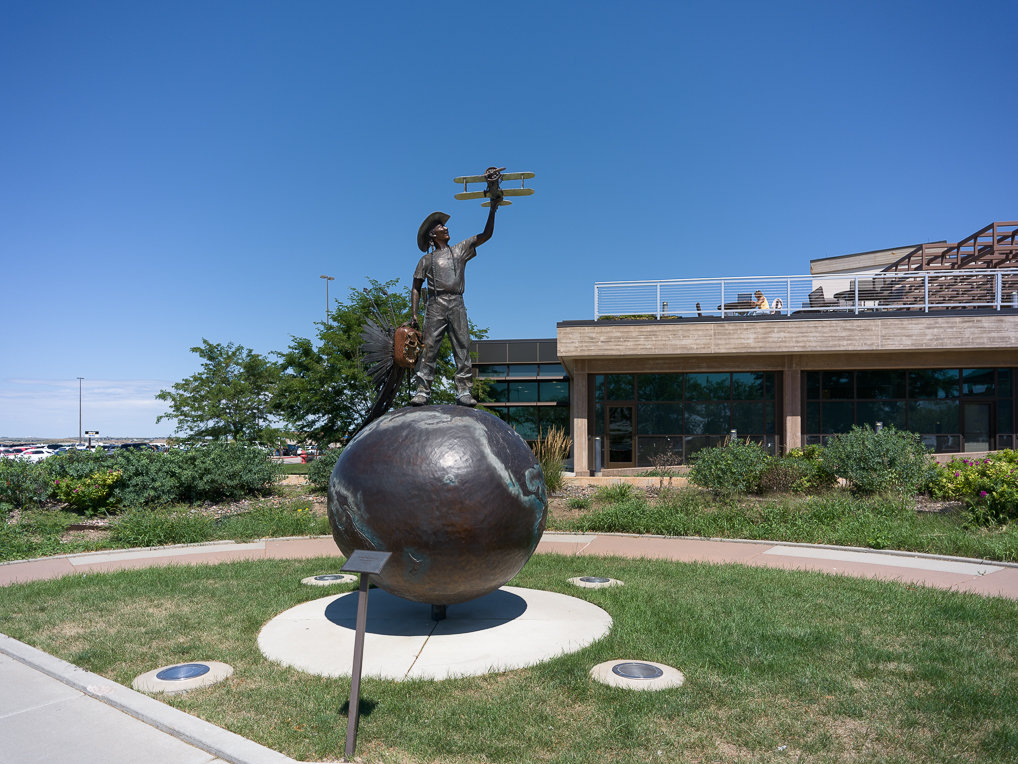The Rapid City Regional Airport (RAP) is expanding once again, adding space to serve today’s travelers and tomorrow’s, says communications and air service development manager of RAP Megan Johnson.
“The Black Hills are busier than ever, and we’re making sure the airport keeps pace,” she said.
Last year was RAP’s most high-trafficked year ever, serving over 856,000 passengers, which is a 161% increase since the terminal was built in 1989. Johnson says all signs point to another record-breaking year in 2025.
“That’s a reflection of a region that continues to resonate with travelers across the country,” she said.
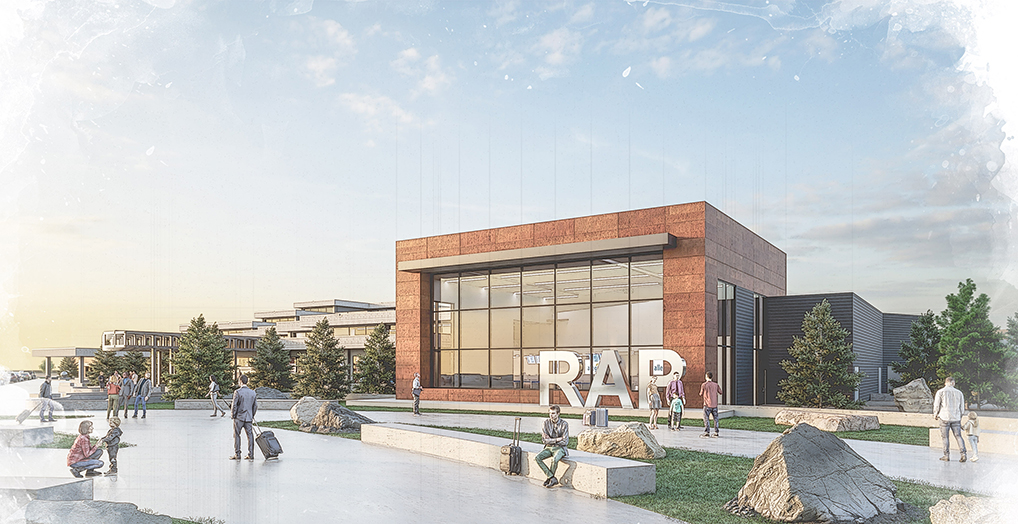
RAP is the main commercial airport within a 225-mile radius, including South Dakota and Wyoming. Geographically and economically, this makes the airport “the front door to the Black Hills.”
“Tourism is not just a seasonal boost here; it’s a foundational pillar of the region’s economy,” said Johnson. “The surrounding ecosystem of hotels, restaurants, tour operators, and attractions all rely on reliable, high-capacity air access, and RAP is the sole commercial lifeline.”
RAP is served by five airlines: United, American, Delta, Allegiant, and Sun Country. Destinations change seasonally, but the airport’s top markets include Phoenix, Minneapolis, Dallas, and Denver.
Constant growth in enplanements means growth in congestion, leading to stress on every square foot of the RAP facility, says Johnson. This affects flight schedules, creates frustrated travelers, and places physical limitations on how many aircraft airlines can park overnight.
Rapid City experiences a highly seasonal travel market, with the majority of passengers flying between May and October. During this period, over 70% of annual enplanements occur.
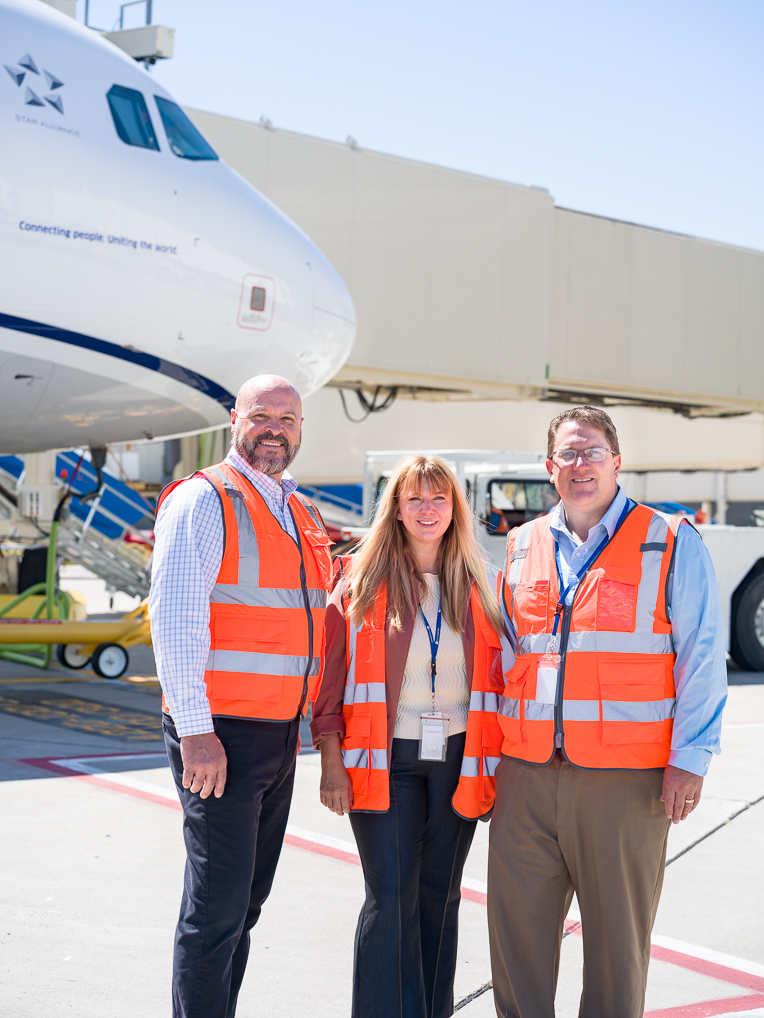
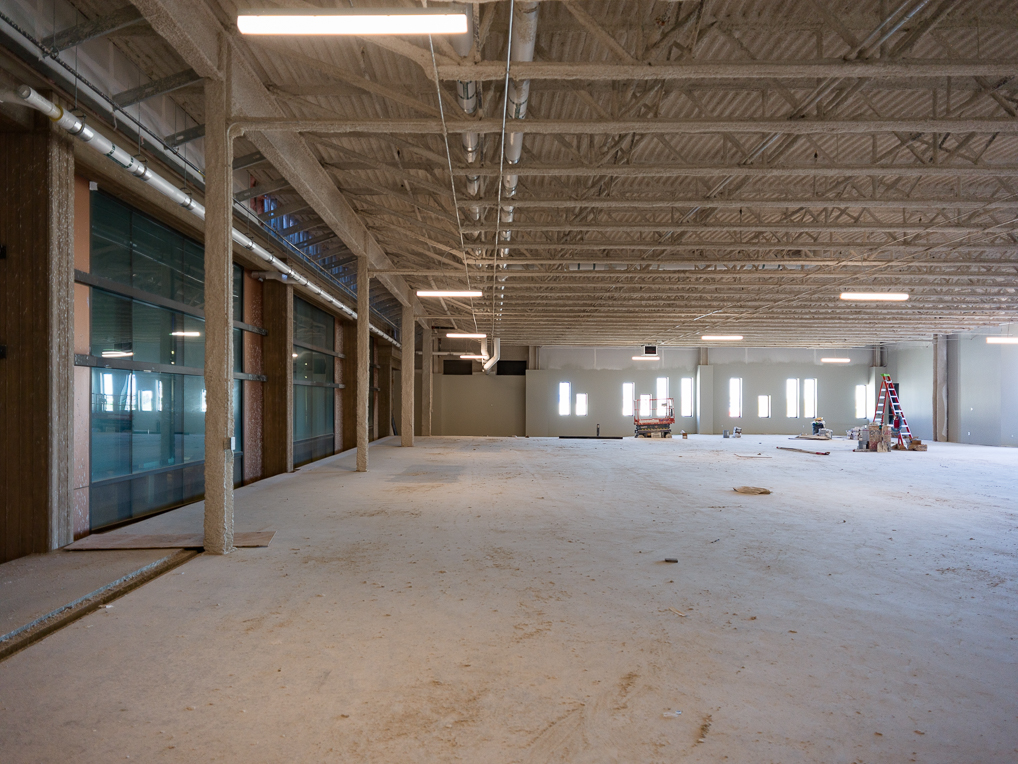
“Every square foot of this terminal is pulling double duty,” said Johnson. “The airport works because our staff makes it work, but we need to plan for operational resilience.”
In October 2023, RAP broke ground on Project 1, which is the first phase with primarily foundational improvements.
“It lays the groundwork (literally) for everything to follow,” said executive director Patrick Dame. “This created a shell that will house the new bag screening system.”
Phase 1 addresses several essential operational areas, including luggage screening, the TSA checkpoint, and ticket counters.
“YOU’LL SEE CONSTRUCTION, BUT MORE IMPORTANTLY, YOU’LL SEE THE FUTURE TAKING OFF RIGHT IN FRONT OF YOU.”
-MEGAN JOHNSON
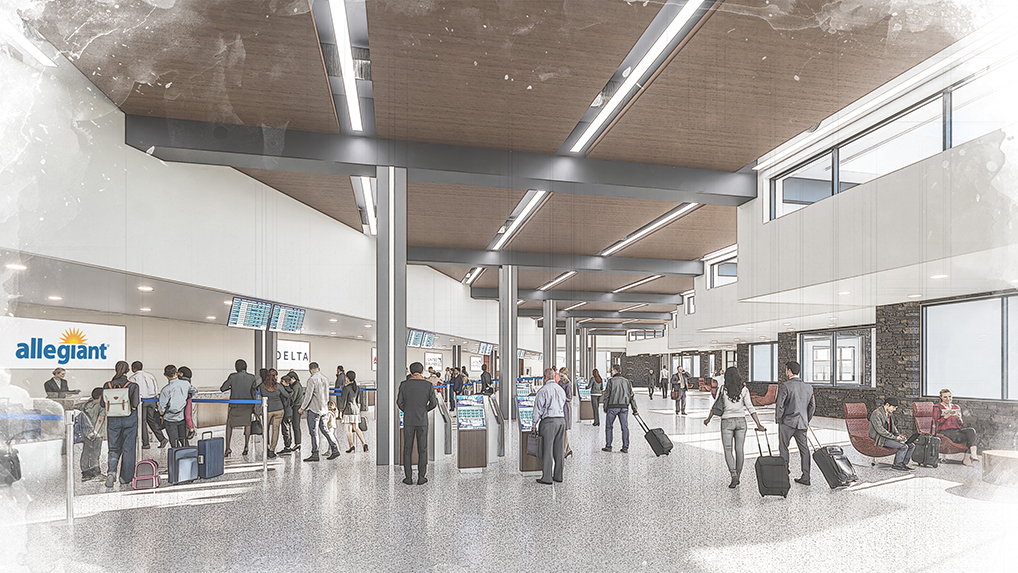
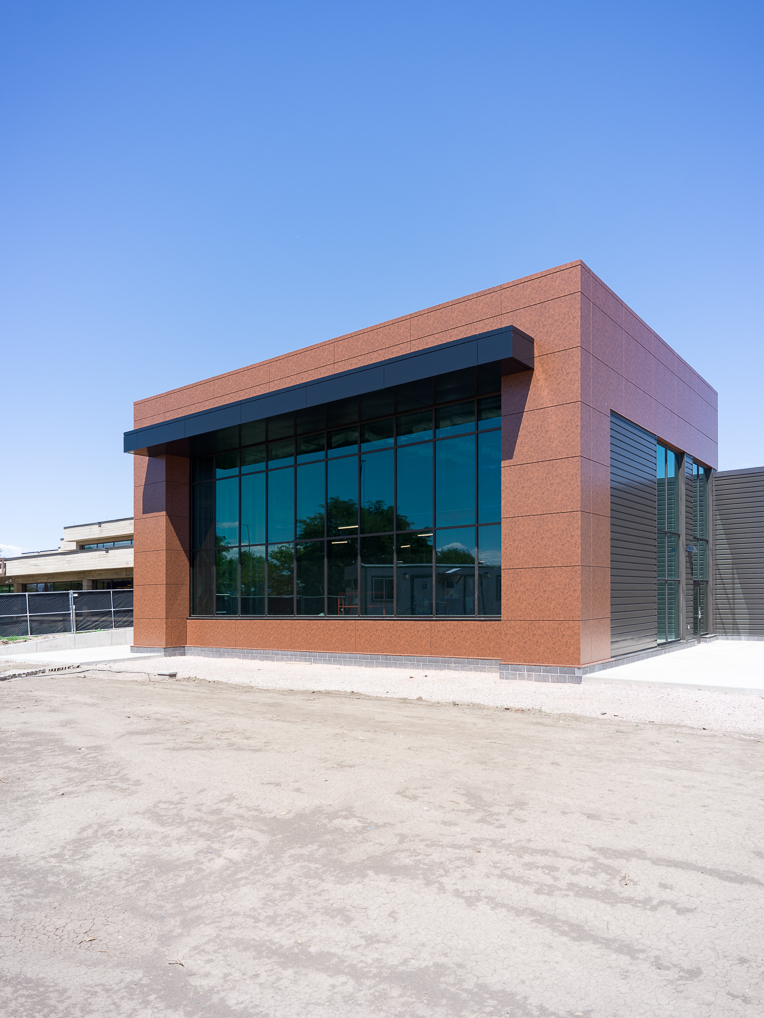
The existing TSA checkpoint layout dates back to before TSA standards were established.
“It has two lanes and sits on a slope which isn’t compatible with modern screening equipment,” explained Dame. “The expansion will level the floor and have the availability to add more lanes and machines as the need arises.”
Adding more space, Dame continues, will make sure customers and tenant employees are provided safe, efficient, and comfortable experiences at the airport.
“Having more room in the walkways for the passing of people and wheelchairs, reducing the chance of workplace injuries, and the overall terminal functioning more efficiently—I think all of this will help improve the experience at the end of Project 1,” he said.
Phase 2 of Project 1 will expand the TSA checkpoint further, creating space and structural support for screening technology. There will be up to five screening lanes and will introduce equipment redundancy to minimize delays if one machine fails.
“The build-out for this portion will take up to 24 additional months, with construction sequenced to maintain daily operations throughout,” said Dame.
Phase 3 of Project 1 will overhaul the airline ticketing areas. The outdated sawtooth counter setup will be removedin favor of a streamlined layout with more intuitive queuing space and modular check-in stations.
“This not only improves passenger flow, but provides airlines with a more adaptable system, allowing them to expand and contract for regional vs. mainline operations,” said Dame.
In the last 10 years, enplanements increased over 57%.
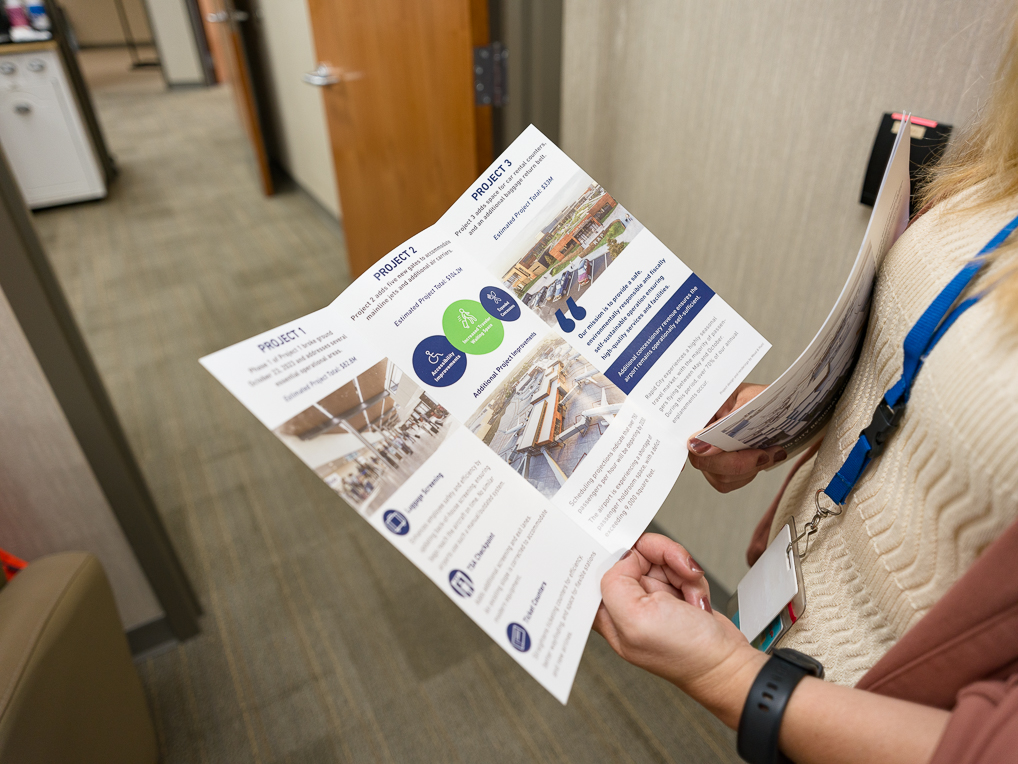
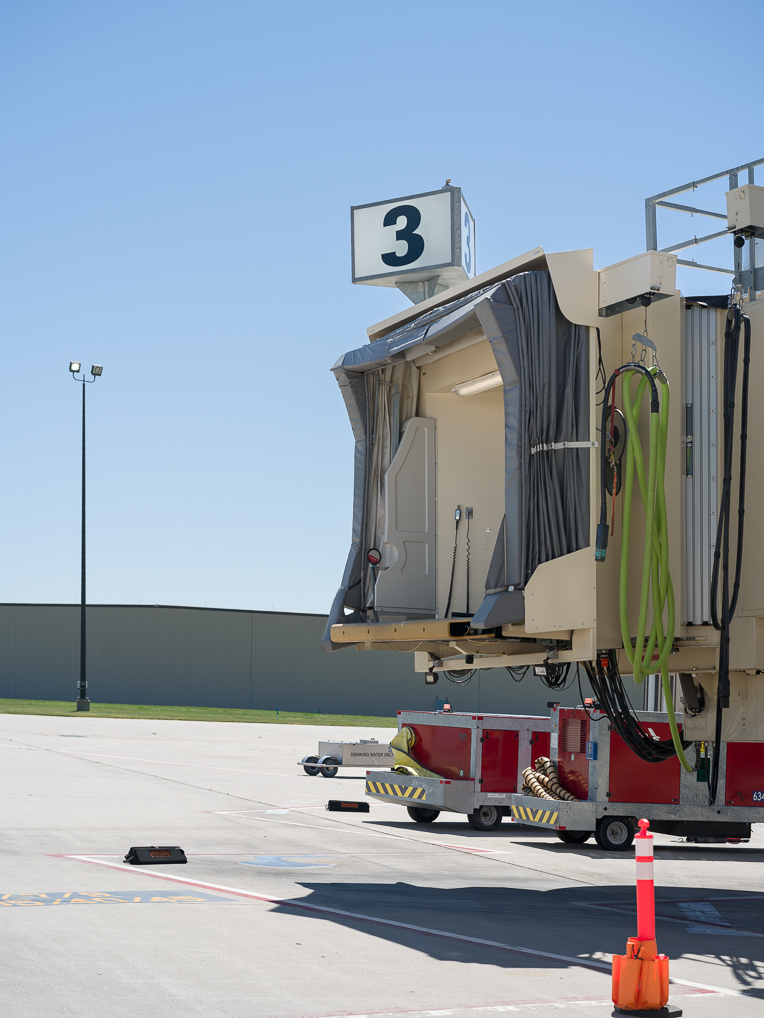
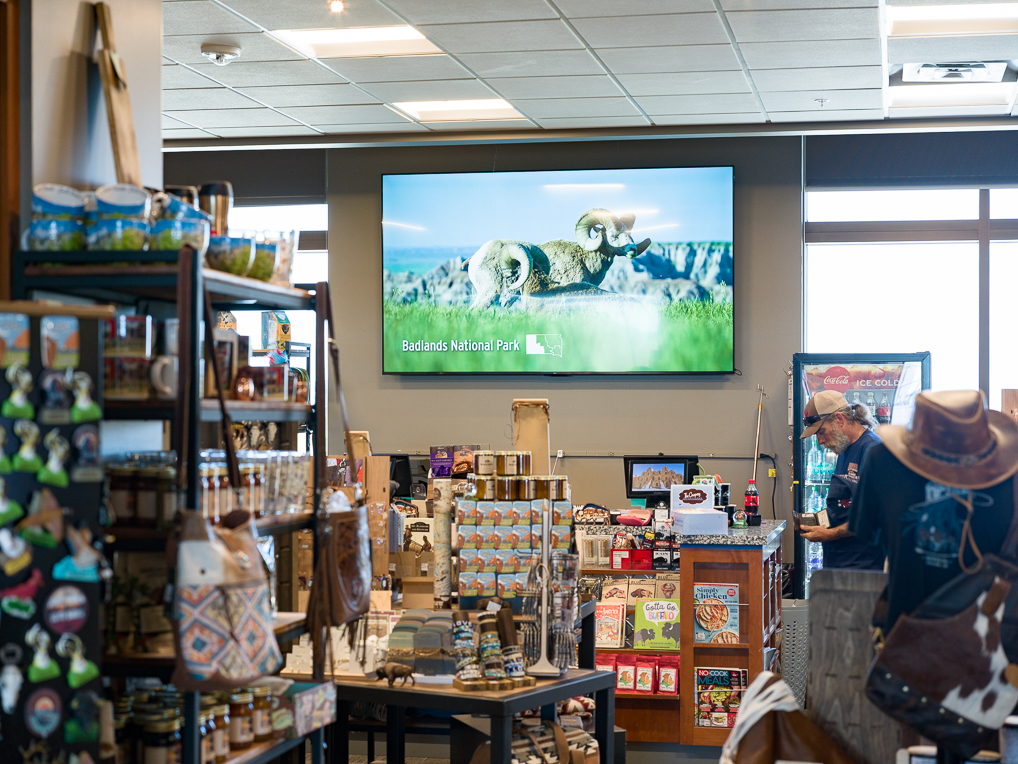
Then there’s Project 2, which Dame says is a huge leap forward with five new gates, expanded holdrooms, and flexibility to host mainline jets during RAP’s busiest travel months.
“This is where the public will really start to feel the difference,” explained Dame. “Going from seven to 12 gates is a leap in capacity that will allow the airport to keep pace with summer surges and airline fleet upgrades. It will also make our market more attractive to airlines due to additional overnight parking spots and apron space capable of handling mainline aircraft.”
Expansion like this is imperative, as RAP scheduled projections indicate that over 750 passengers per hour will be departing by 2030.
This phase will improve accessibility, increase traveler waiting space, and expand concessions.
“MORE SPACE MEANS MORE FLEXIBILITY FOR SCHEDULES, FOR AIRCRAFT TYPE, AND FOR THE FUTURE.”
-PATRICK DAME
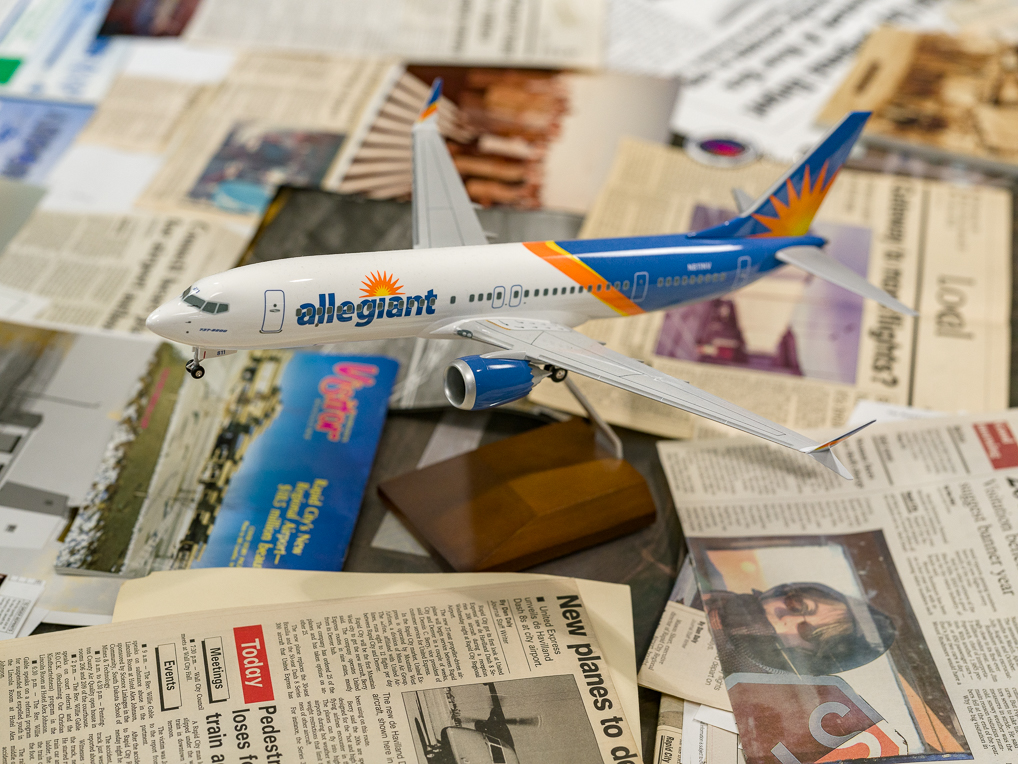
LEGACY INFRASTRUCTURE
Construction and operation of an expanded terminal will create careers, attract business, and drive tourism. In 2023 alone, the airport supported 2,877 jobs and generated $456 million in annual economic impact.
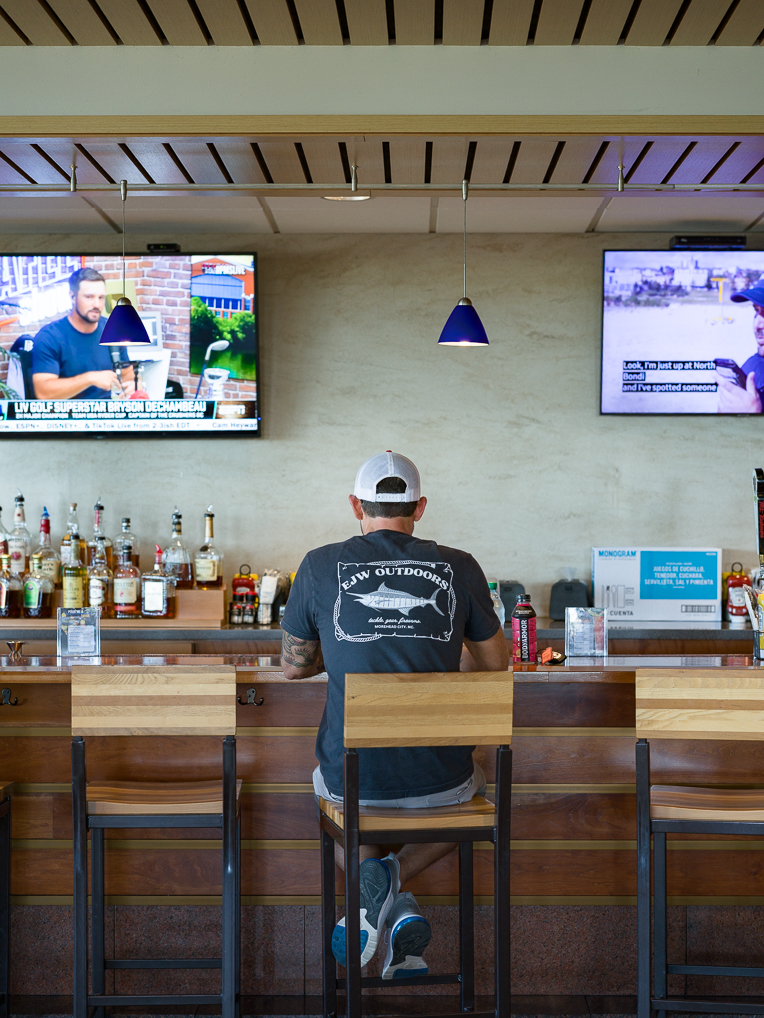
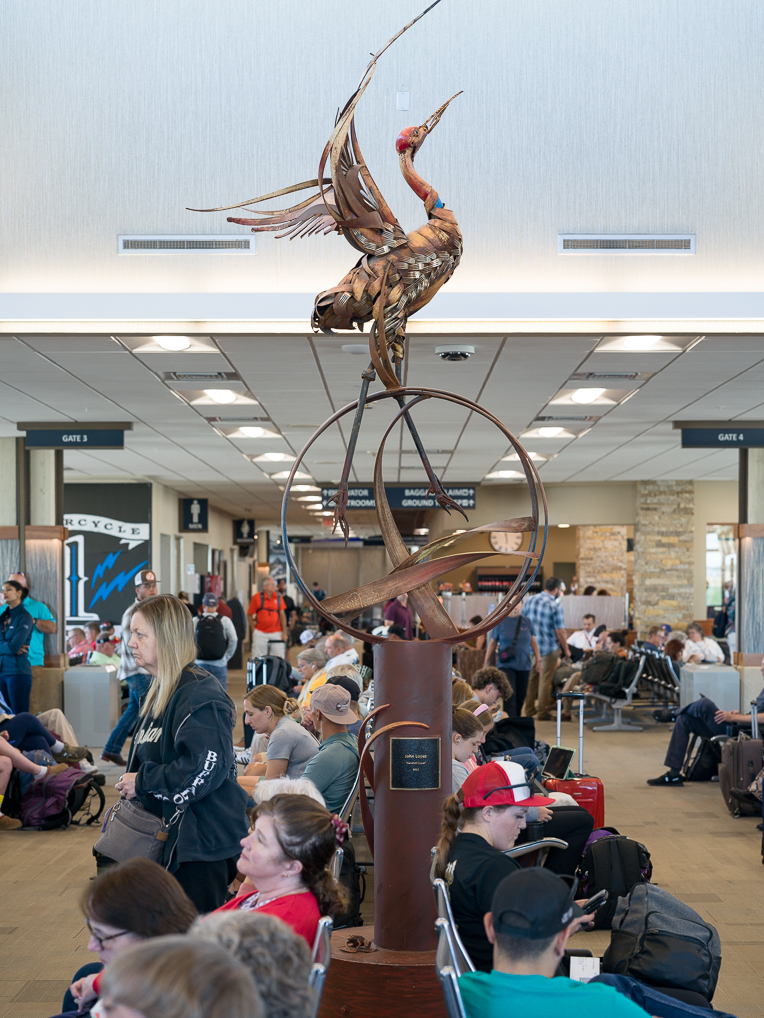
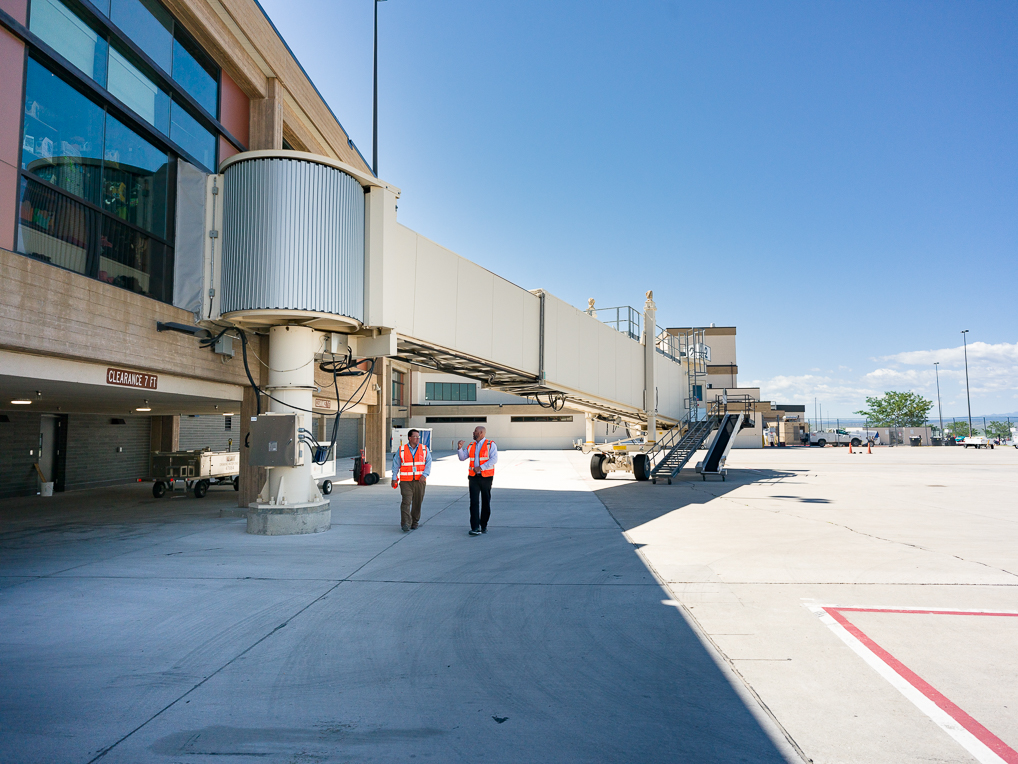
Additional concessionary revenue is important, says Johnson, because it ensures the airport remains operationally selfsufficient.
“Concessions are a key part of airport economics,” she said. “Every dollar spent at the airport goes right back into maintaining and improving operations.”
With the Project 2 expansion, RAP will create space for new dining and retail options that offer more variety and local flavor.
“It’s about building a terminal that welcomes everyone, and reflects the Black Hills region,” said Johnson.
Project 3 will add space for car rental counters and an additional baggage return belt.
The baggage infrastructure reconfiguration is long overdue, says Johnson.
“Imagine carrying bags by hand across 100 feet of airport to get them to a cart—that’s the daily reality,” said Johnson. “The outdated
systems limit the speed and reliability of bag transfers, creates pinch points during peak periods, and puts strain on human labor where automation should be doing the heavy lifting.”
While local and federal dollars have jumpstarted the expansion, RAP is still seeking additional state support to complete the work, which is currently estimated at over $200 million.
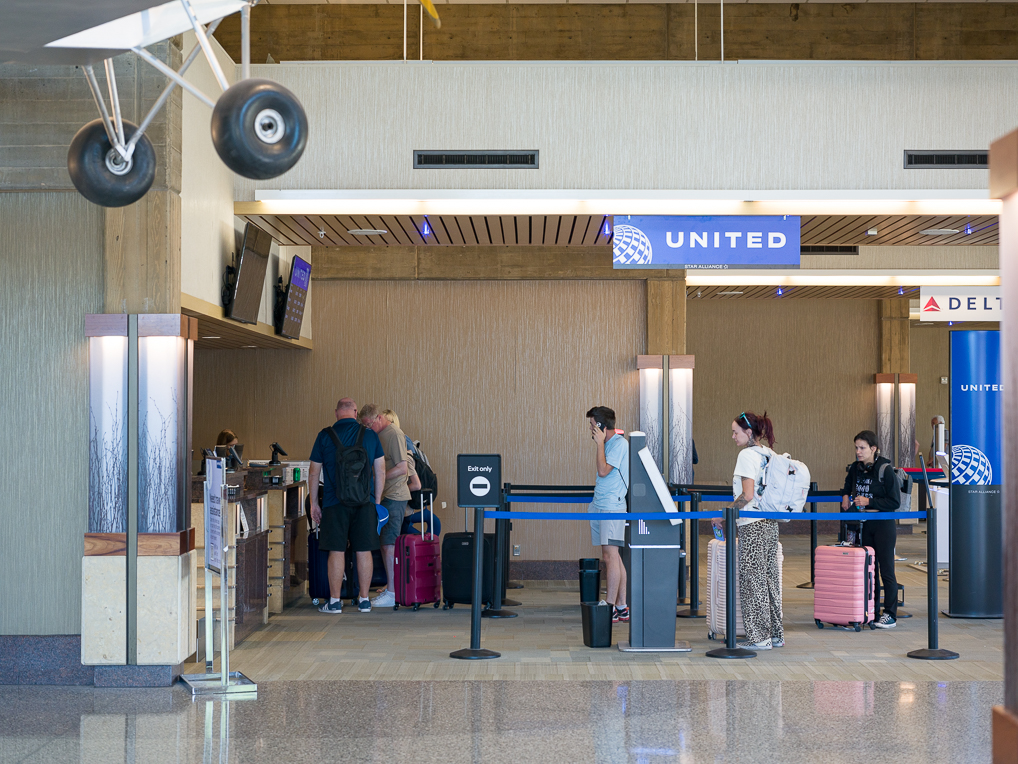
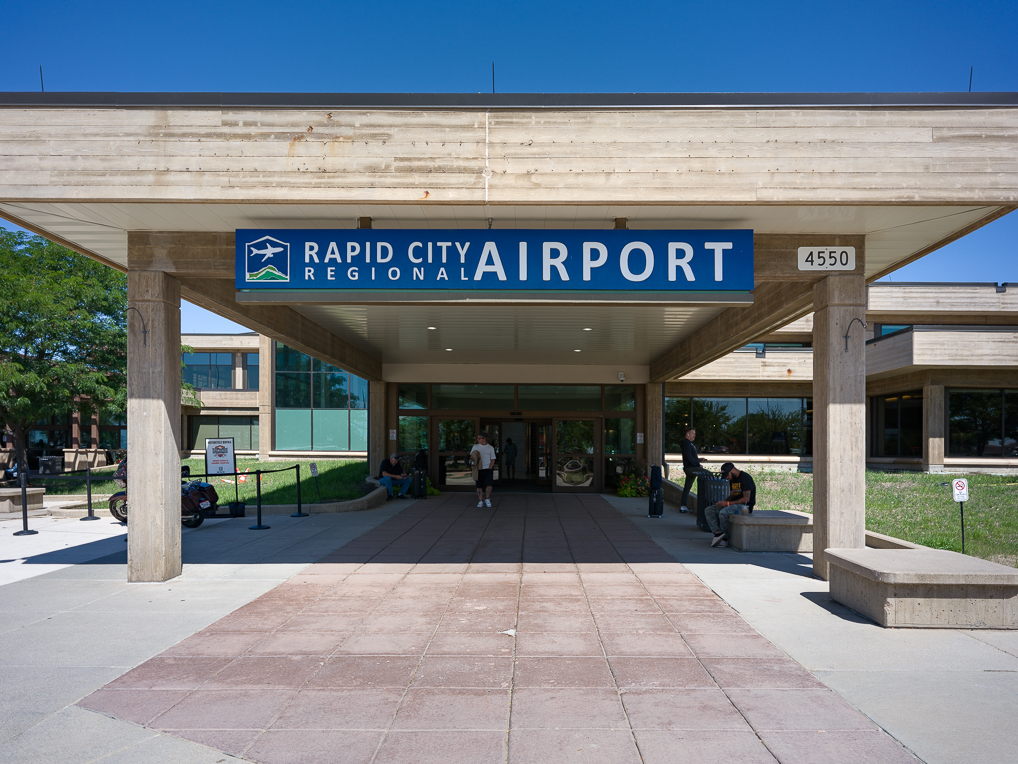
“Locals understand airports are more than terminals, they’re economic engines,” said Johnson, “but momentum can’t continue without investment.”
The RAP terminal expansion is the biggest upgrade to Rapid City infrastructure in a generation.
“We’re rebuilding the way Western South Dakota connects to the world,” said Johnson. “It’s happening now, and it’s going to shape how people travel, work, and live here for decades.”
For more information, visit RAPAIRPORT.COM+


